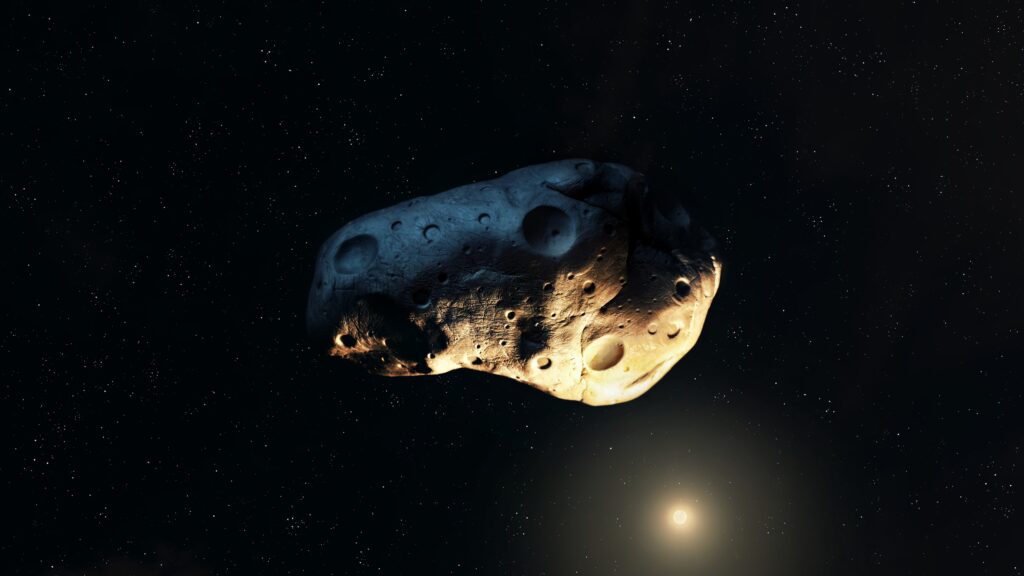Asteroid 2024 YR4 holds a 1.3% chance of impacting Earth on December 22, 2032. UN planetary defense organizations and astronomers are closely monitoring its path. The European Space Agency (ESA) estimates a 99% chance that YR4 will pass safely, but they acknowledge that a collision “cannot yet be entirely ruled out.”
Dr. Robert Massey from the Royal Astronomical Society remains calm. “There’s no reason to panic,” he said, explaining that revised calculations often reduce the risk to zero. He emphasized the importance of equipping astronomers with proper resources to track such threats and respond quickly if needed.
Discovered on December 27, 2024, YR4 estimated size ranges between 40 to 90 meters. If it strikes, it could unleash the energy of a nuclear bomb, causing severe damage in populated areas. However, experts believe it’s far more likely to fall into an ocean or remote region. With many uncertainties, it’s currently impossible to predict an exact impact location.
Since January 2025, astronomers have worked to refine YR4’s size and trajectory. It is now rated level 3 on the Torino Impact Hazard Scale, meaning it warrants close attention but doesn’t pose an immediate threat. Levels 8 to 10 indicate certainty of impact with catastrophic damage.
Past examples show that such threats often disappear with further observation. In 2004, asteroid Apophis initially had a 2.7% chance of hitting Earth in 2029, but additional monitoring ruled out any collision.
Any asteroid over 50 meters wide and posing a 1% or higher impact chance triggers precautionary protocols. Two UN-backed groups are activated: the International Asteroid Warning Network (IAWN) and the Space Mission Planning Advisory Group (SMPAG). IAWN, chaired by NASA, monitors the situation, while SMPAG, led by ESA, develops action plans if needed.
SMPAG is currently meeting to discuss YR4’s threat evolution. It has deemed immediate action unnecessary but emphasized continuous monitoring. Their next meeting is scheduled for late April or early May, or sooner if the risk increases. If YR4’s impact probability stays above 1%, SMPAG will advise the UN and explore mitigation strategies.
One possible solution involves deflecting YR4 using a robotic spacecraft. NASA’s successful 2022 DART mission proved this strategy works. It altered the path of a non-threatening asteroid, demonstrating the effectiveness of early intervention.
Currently, YR4 is moving away from Earth in a near-straight line, making precise trajectory calculations challenging. As the asteroid fades from view, astronomers will rely on ground-based and space telescopes for monitoring. ESA acknowledges the possibility that YR4 could disappear from view before the risk is fully eliminated. If that happens, it will remain on ESA’s risk list until its reappearance in 2028.
Dr. Massey reminds the public of one key message: “We have the tools to protect Earth, but timing is critical.”
